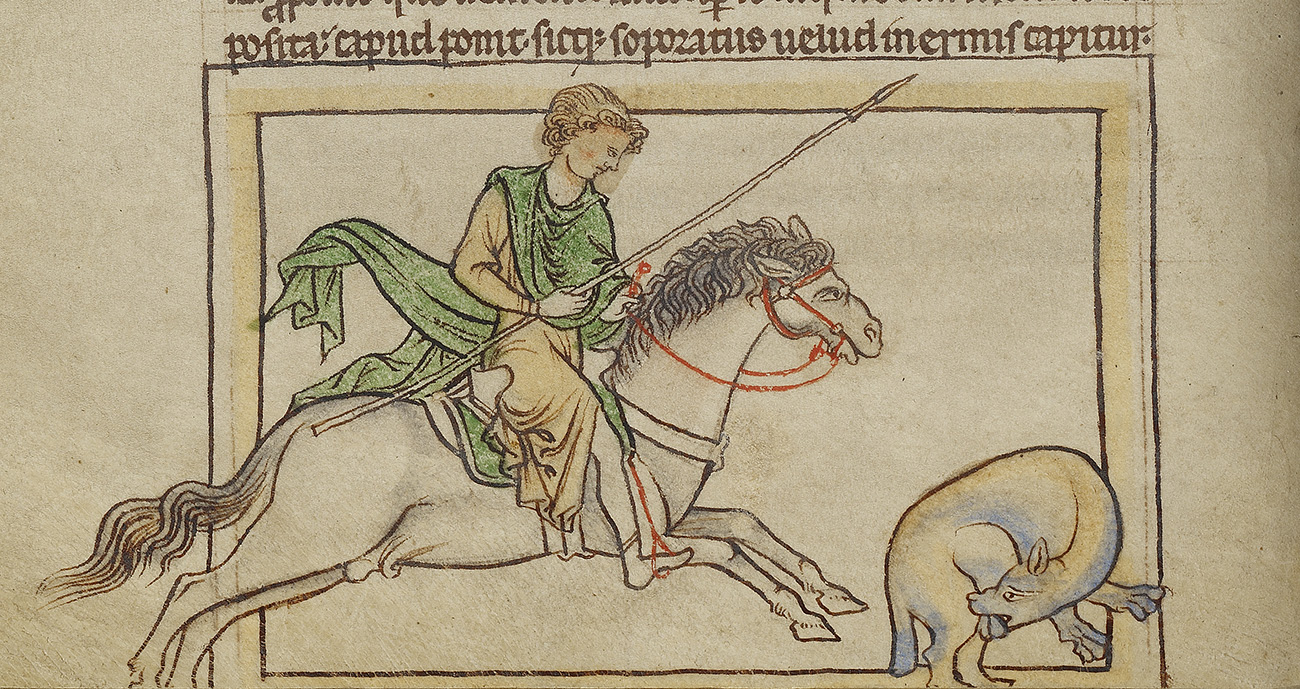The Vice and Virtues of Castoreum
My fools for senses,
Our last Review told about a bespoke perfume by AbdesSalaam Attar built on a curious accord of frankincense, castoreum and tonka bean, bearing the name Consolamini, the Scent of Consolations. Following our tradition, we wanted to delve into, to dig and better understand the history of one of the most intriguing, because rarely mentioned, raw materials of all : castoreum.
Amongst all animal raw materials, castoreum is the one least mentioned in ancient incense and perfume formulae, eclipsed by ambergris, musk or civet. It carries however an immensely rich symbolic. Either stimulating or narcotic, this secretion most enigmatic yet most vulgar never ceased to question us.
Thusly, let us dive together into the myth of Castoreum : Vice or Virtue ?
Look for the castor, you will find the castoreum…but where does the word castoreum come from ? Where the word beaver comes from the latin « biber », castoreum was built around the ancient Greek word Κάστωρ, kastor – which you later give the sanskrit kasturi, musk, through Indo-European languages. If we can spot the suffix –tor, linguists are still debating over the root of the word. There is a consensus however around the root « kad- », to shine, so that the word kas-tor would mean : the one who shines, probably in reference to the shiny pelt of the beaver… or to a star.
One cannot indeed speak of a shiny beaver –castor in Greek- without talking about the most famous of them all, one of the Dioscuri : Castor and Pollux. The twins lent their name to the constellation Gemini and if Pollux means « The Most Sweet » or « The Most Gentle » in Ancient Greek, one can only wonder why would Pollux mean « The One who Shines » considering he was of a meeker temperament than his brother. And whom was firstly named of Castor and the castor/beaver ? And what link is there between a star and a beaver, between light and castoreum ?
One element is key to move forward in understanding this : culture. For the Greeks worshipped the Dioscuri, not as stars but as guardians and protectors and it is worth nothing that the curative properties of castoreum were already known at the time. Castor, the guardian, is a protective and healing unguent. Medieval pharmacopy treaties will see a number of formulae mentioning the secretion as an ailment against migraines and toothaches.
There is yet an another theory as to the meaning of the word « castor ». This one does not go further than the Latin « castor » but instead of having it derived from the Greek « kastor » it makes it a deformation of the Latin « castro » meaning to ampute, to slice off, to castrate. Funnily enough, this is a direct reference to a popular belief at the time -relayed by Pliny the Elder amongst others- according to which beavers, knowing they were being hunted down for their castoreum, would chew their testes off so the hunters would pursue them no more.
This frivolous tale will inspire countless medieval bestiairies which will turn this story into a Christian allegory of Men’s fight against the Devil. For Men to be freed from temptations, they would have to sacrifice their vices and earthly pleasures. This way, the Devil would have no power over them nor a reason to blame them and cease to haunt them.
This same frivolous tale will also inspire Leonardo Da Vinci to write in his notebooks that the beaver is an allegory of Peace. The Peace obtained by offering its perfume in ransom for its life, by forsaking your sins and mending your ways.
Alas, few recipes are left to help us grasp the allegory and symbolic behind castoreum.
We see it as a protector and peacemonger, both an allegory of sin and peace ; of desire and chastity. The castoreum is everything and its opposite.
Our research lead us to examine a very particular manuscript, the Picatrix, an Arabic medieval treaty on magic and astrology from al Andalus. The author lists a plethora of diverse formulae but mentions castoreum only once in a chapter dedicated to astrological rituals inherited from a Buddhist tradition ! The enigmatic gland is used in an incense burnt to Mercury, alongside nard and ambergris…two materials traditionnally offered during rituals to Mars.
Mercury is the messenger whereas Mars is the warrior. Mercury, in the Jewish tradition –which was known throughout Al Andalus- is closely linked to the sephira Hod –the glory, the majesty, the shining, the spiritual enlightenement- and Mars is linked to the sephira Geburah –the severity, the justice but also the privation.
What must we understand from this all ?
What one has to comprehend is that, the same way there is no Castor without Pollux, castoreum symbolically represents a dynamic. Alike ambergris –which we already studied here or musk here- castoreum enables an inner revolution, or metanoia as the Greeks would say.
Precisely, it means the way from Mars to Mercury, from vice to virtue. Behind its notes of leather and tobacco hides a heart of vanilla and ripe fruits. It is the sign, yes, the sign of Peace as Da Vinci put it. The peace coming from a glory, not found again, but assumed at last. Castoreum is scary in that it heralds a sacrifice.
The old man dies to let the new one shine. If it did not appear in aphrodisiac potions, it is precisely because it means the removal of passions to attain ataraxy –according to Greek philosophers- or the pacifying of them to reach the theosis, the contemplation of uncreated light –according to the Desert Fathers.
Castoreum calls upon the strength of Pollux and his bravery, to slice off, to peel and mend –as the quadragesimal hymn Emendemus says it- one’s ways and walk towards such blissful peace.
Those who wear castoreum perfumes shine with the light of a peaceful power because it is sure, because it has been purified through many trials. Perfume of eloquence because son of Mercury, the Messenger ; perfume of strength because son of Mars, the Warrior. Perfume of charisma at last, of the peaceful union between Castor and Pollux.
It protects because it is the scent of vigilance and experience. It is the scent of the beaver which casts away its glands to avoid death and shields in its lair becoming the allegory of the man whom, renouncing his sins, avoid the marring of his soul and shies away from temptation, away from the wolf of souls.
The scent of Castor « who shines » and Pollux « the Most Gentle ».
Golden halo of guardian angels, castoreum, by rendering one barren to sin renders one fertile to grace ; by killing vice it birthes virtue.
After death is life ;
After sin is
Peace.




